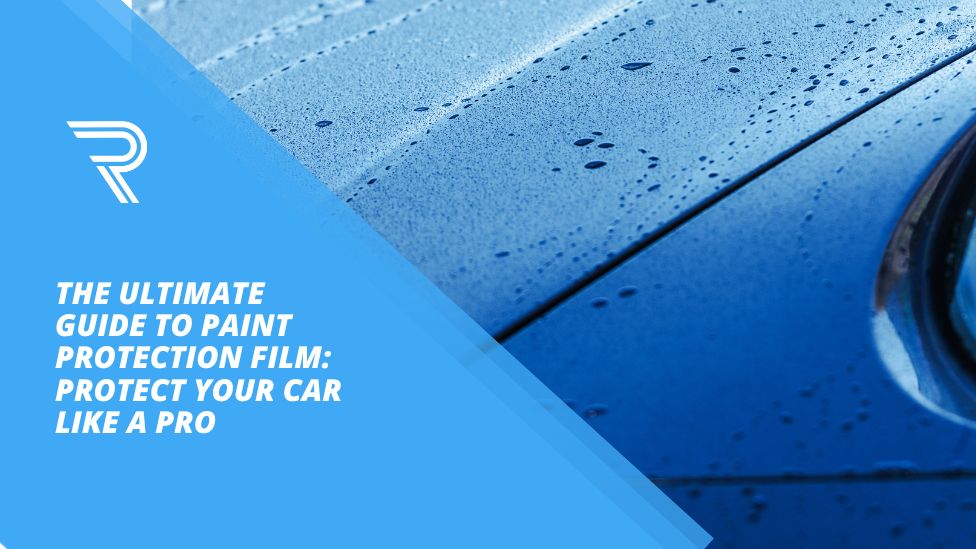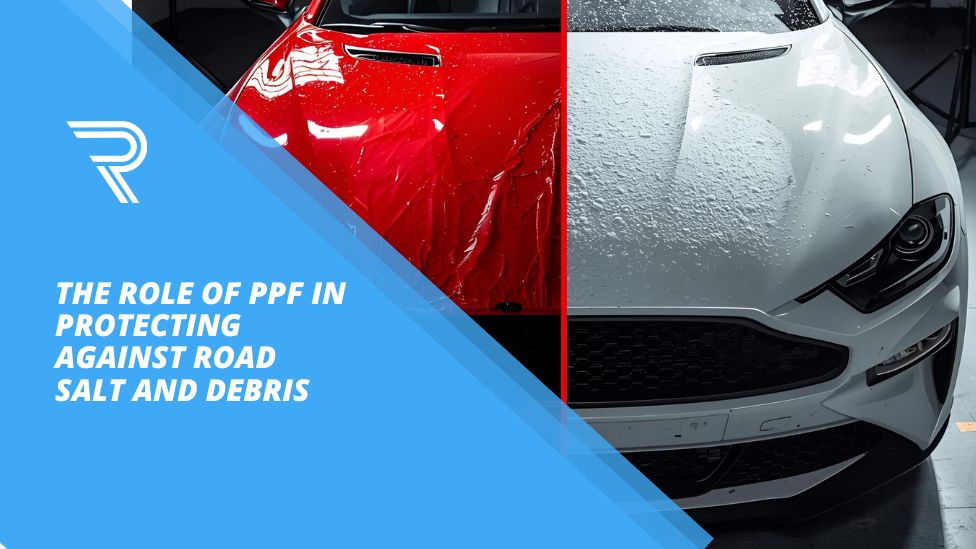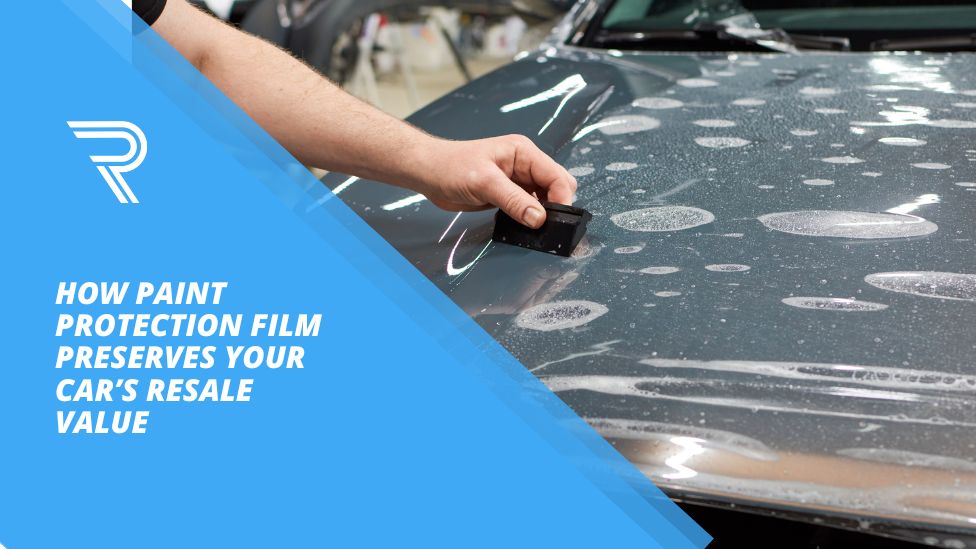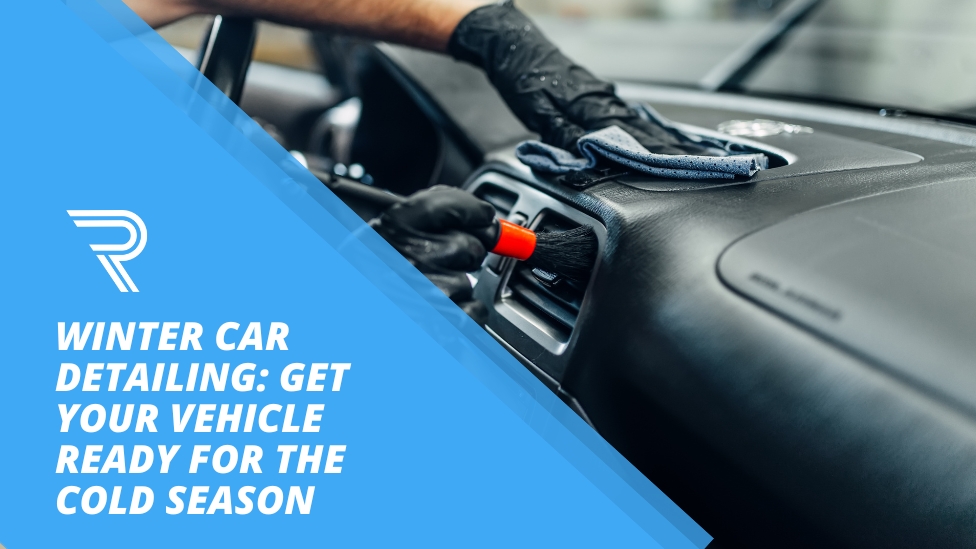Paint Protection Film (PPF) is a valuable investment that preserves the look and finish of your car’s paint. This invisible shield protects your vehicle from road debris, rock chips, bug splatter, and other environmental hazards. But like any investment, it requires proper care to ensure its longevity and effectiveness. In this guide, we’ll walk you through the essential do’s and don’ts of maintaining a car with PPF, so your vehicle stays sleek and protected for years to come.
Do’s: Best Practices for PPF Maintenance
1. Wait Before Washing After Installation
After your PPF has been installed, give it at least 7 days before you wash the car. This curing period allows the adhesive to bond fully to the surface. Washing too soon can lift the edges or trap water beneath the film.
2. Use Gentle Washing Techniques
When it’s time to wash your car, skip the aggressive brushes and stick with a two-bucket method. Use one bucket for soapy water and another for rinsing your mitt. A microfiber wash mitt and a pH-neutral car shampoo are ideal for avoiding swirl marks or film damage.
3. Dry with Microfiber Towels
After rinsing your vehicle, use a soft, clean microfiber towel to dry it. This prevents water spots and helps maintain the glossy finish of your PPF.
4. Apply PPF-Safe Sealants
To enhance the look and longevity of your PPF, consider applying a paint protection film-specific sealant or ceramic booster. These products help to repel water, reduce staining, and enhance gloss.
5. Park in the Shade When Possible
Excessive UV exposure can cause discoloration or premature aging, especially on lower-quality films. Whenever possible, park your car in a garage or shaded area to preserve the clarity of the PPF.
6. Remove Contaminants Quickly
Bird droppings, bug splatter, tree sap, and tar should be cleaned off as soon as possible. These contaminants can stain the film if left unattended. Use a PPF-safe cleaner or a mild soap with water to gently remove them.
7. Inspect Regularly for Damage
Make it a habit to check your PPF regularly for signs of lifting, bubbling, or yellowing. Early detection can save you from needing a full replacement later on.
8. Consult Professionals for Repairs
If you notice damage to your PPF, avoid trying to fix it yourself. Professional installers have the right tools and experience to correct or replace sections without compromising the rest of the film.
Don’ts: Common Mistakes to Avoid
1. Don’t Use Harsh Chemicals
A major mistake car owners make is using degreasers, abrasive compounds, or household cleaners. These can degrade the film, strip off any coatings, and even discolor the PPF. Stick to products specifically designed for automotive detailing.
2. Don’t Pressure Wash Too Close
While pressure washers are great for cleaning, using them too close to the surface can lift the edges of the PPF or cause tearing. Always maintain a safe distance of at least 12 inches and avoid directing the spray at the edges.
3. Don’t Wax Over PPF with Non-Compatible Products
Many carnauba waxes or petroleum-based products are not suitable for paint protection film. They can create a cloudy appearance or build up residue. Always choose waxes and sealants that are labeled safe for PPF.
4. Don’t Use Automatic Car Washes
Avoid automatic car washes that use brushes. These brushes can scratch the PPF, cause edges to lift, and reduce the life of the film. If you must use an automatic wash, make sure it’s a touchless one.
5. Don’t Pick at Edges or Bubbles
If you notice a lifted edge or an air bubble, don’t pick or press on it. This can make the issue worse and may require a full panel reinstallation. Always leave such concerns to a certified PPF installer.
6. Don’t Apply Stickers or Decals Over PPF
Applying vinyl decals, stickers, or magnets on top of PPF can damage the film. When removed, these accessories may pull up the PPF or leave behind adhesive that’s hard to clean.
7. Don’t Expose to Harsh Elements Immediately
After PPF application, avoid exposing your car to rain, snow, or extreme heat for at least 7 days. This helps the film adhere properly and reduces the chance of premature damage.
Seasonal PPF Maintenance Tips
Each season brings unique challenges for vehicle care. Here’s how to adapt:
Spring
- Wash frequently to remove pollen and bird droppings.
- Inspect for any lifting edges caused by winter debris.
Summer
- Protect your vehicle from UV rays by parking in shaded areas.
- Remove bug splatter promptly after road trips.
Fall
- Clear leaves and sap regularly, especially from windshields and hood.
- Perform a detailed cleaning before winter prep.
Winter
- Rinse off salt and sand after snowstorms.
- Avoid scraping ice directly from PPF surfaces.
Long-Term Benefits of Proper PPF Care
When maintained correctly, PPF can last 5 to 10 years depending on film quality and environmental exposure. Beyond aesthetics, it helps retain your vehicle’s resale value by keeping the paint in excellent condition. Proper care also minimizes the risk of oxidation, discoloration, and corrosion.
Caring for paint protection film isn’t difficult—it just requires consistency and the right products. By sticking to proven habits and avoiding damaging actions, your car will remain in pristine condition, protected from the elements and daily wear.
Final Thoughts
Proper PPF maintenance tips go a long way in extending the lifespan and enhancing the performance of your paint protection film. Whether you’ve invested in full-body PPF or partial coverage, keeping it clean, inspecting it regularly, and avoiding harsh elements are key. Follow these do’s and don’ts to enjoy a flawless finish and maximum protection for your vehicle.




